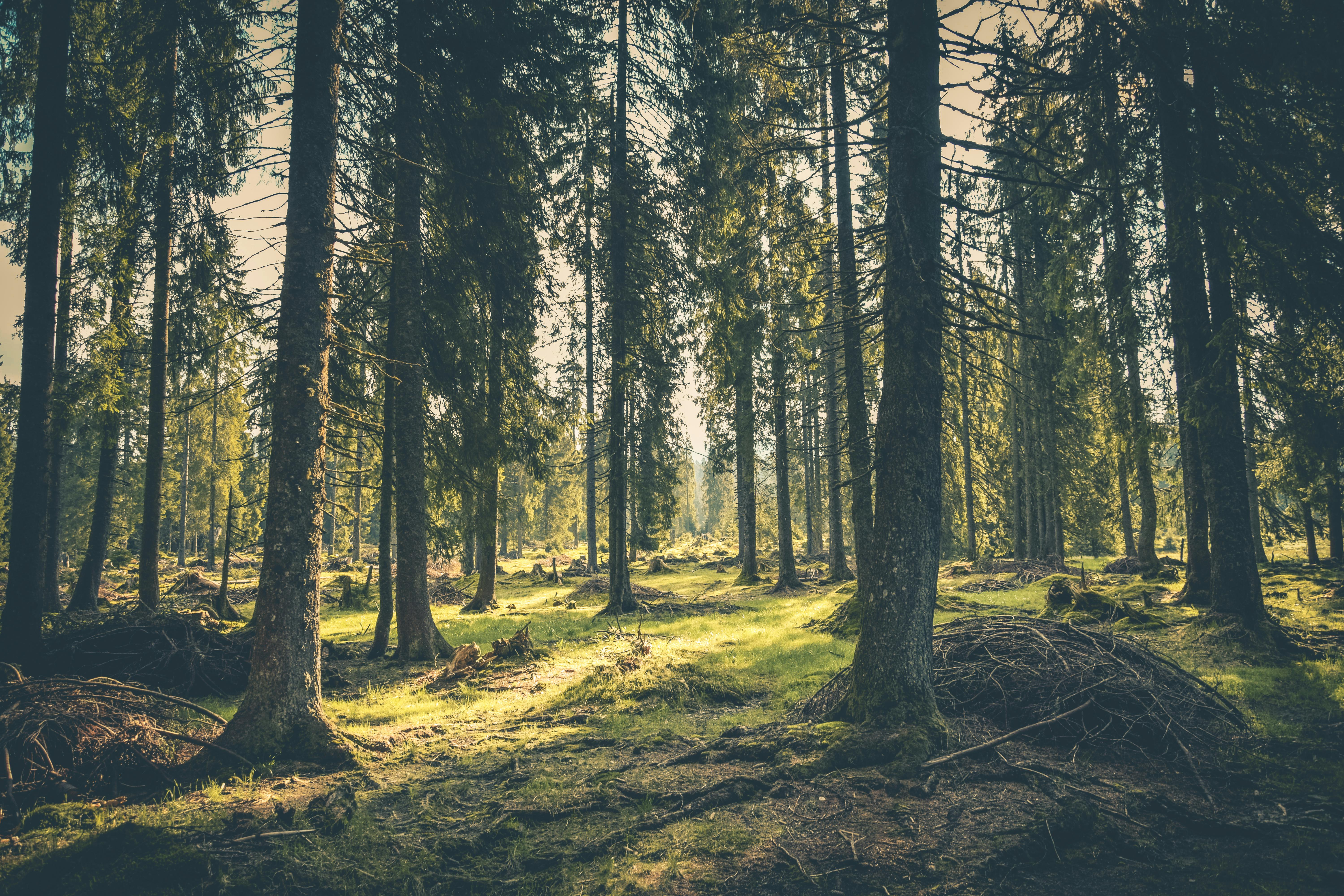
LiDAR Backpack Project Reflection
I joined a LiDAR backpack project as part of my project-based class, where the goal was to explore how to commercialize a lidar backpack with a small team of students. The backpack was designed to improved the speed and results of gathering forestry data. I didn’t know much about forestry or surveying going in, but I quickly learned how challenging it is to bring an advanced product like this to a market that isn’t necessarily tech-forward.
Working with the Mechanical Engineering Team
We collaborated with mechanical engineers who were refining a spinning mechanism on the scanner to increase its field of view. Their focus was on hardware details, mounts, rotation speed, sensor calibration, while our group began exploring how to bring the technology to market.
Challenges of the Forestry Market
Forestry turned out to be a very niche market. Traditional methods involve manually measuring only a small sample of trees and extrapolating to the rest; it can take hours to survey just 1% of an area. In contrast, the backpack could capture much more data in a day, but its price tag, between $40,000 and $80,000, was prohibitive for most forestry professionals, many of whom were only now adopting iPads in the field.
User Research and Pricing Models
To understand these constraints, we conducted surveys and interviews with potential users. We compared competitors online and built simple financial models. Because much of the feedback was qualitative, comments, concerns, contextual nuances, machine learning on word rankings wasn’t helpful. Instead, we focused on creative pricing strategies that fit within users’ budgets and workflows.
Since selling the product outright, the ultimate goal, seemed like a poor way to commercialize it given the market constraints, we had to come up with another idea
One idea stood out: offer the backpack as a service. For a flat fee, for instance $500, a trained operator brings the LiDAR backpack to a landowner’s site and completes a full survey in a single day. To put this in context, a forester might currently spend four days manually surveying just a small portion of land at a cost of around $1,000. With our model, that same $1,000 could fund two one-day LiDAR surveys at $500 each, covering much more land area in half the time and with far greater accuracy.
Because the service is faster and yields richer data, we could complete four surveys in the same four-day span, doubling our revenue to $2,000, while customers pay half the price compared with traditional methods. This approach not only more than doubles the value delivered to clients but also significantly improves our return on investment. As revenue scales with the number of surveys performed, the high up-front cost of the backpacks would be recouped quickly, making the overall model financially sustainable.
Communication Bottlenecks
We also faced internal challenges. Waiting up to several days for feedback from the engineering team slowed our progress. This taught me the importance of clear, timely communication and of setting up regular check‑ins to keep everyone aligned.
Key Takeaways
This project was my first real exposure to the complexities of taking a niche, high‑tech tool from prototype to market. I learned:
- The importance of user research in understanding real‑world constraints.
- How to develop pricing and service models that lower barriers to adoption (and the importance of making the barriers as low as possible, with out proposed models, customers' changed nothing except paid less, and they got faster more accurate data).
- The need for structured communication across disciplines.
Overall, the LiDAR backpack project gave me valuable hands‑on experience in product strategy and commercialization, skills I’m eager to apply in future projects, and it helped introduce me to a another potential career path that I am interested in!